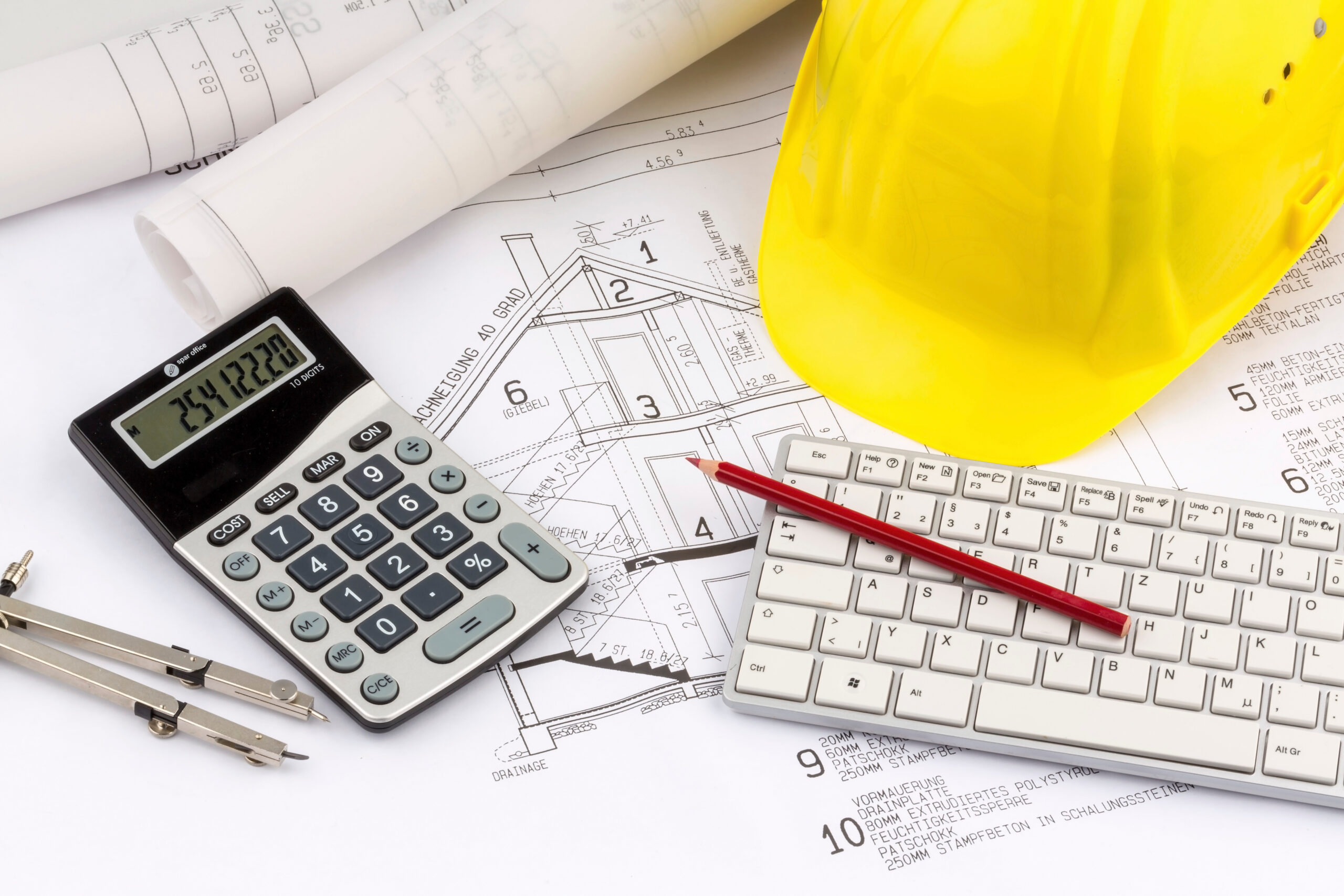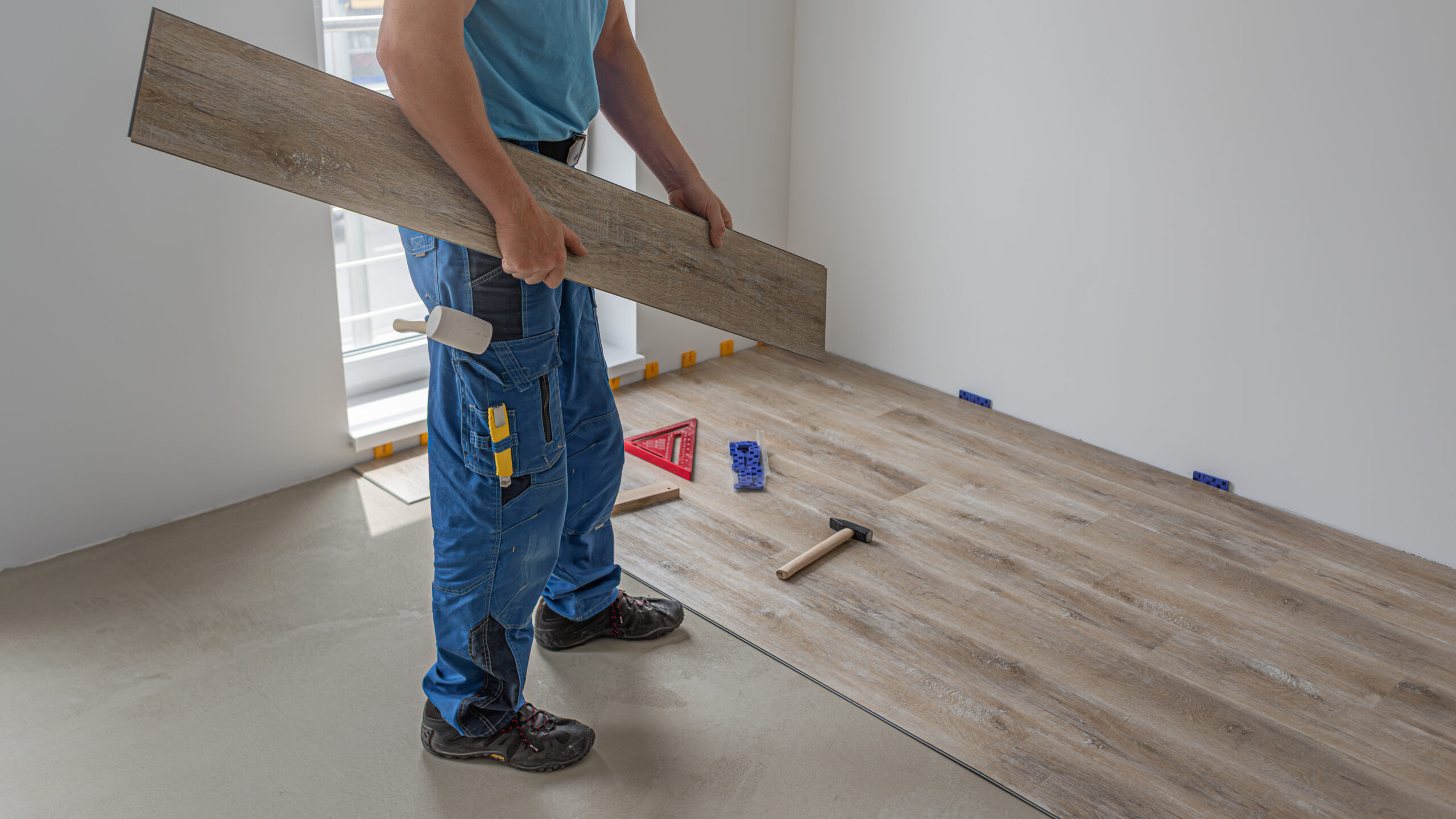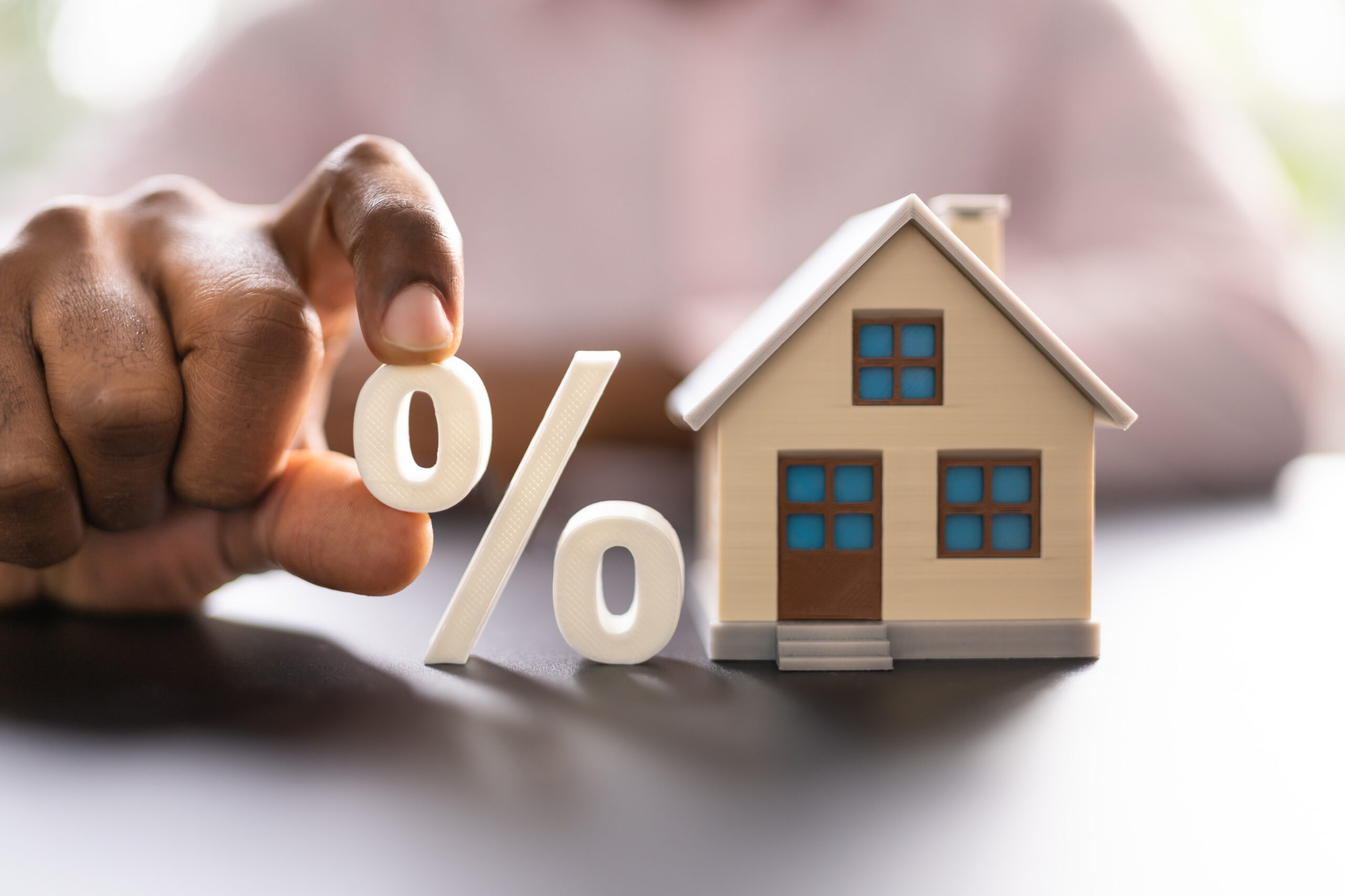How can developers maintain attainable pricing when construction costs continue to rise faster than wages? What innovative building methods are helping reduce construction costs in affordable housing projects? Can policy reform and technology-driven efficiencies meaningfully offset increasing construction costs in today’s market?
Rising construction costs are reshaping the landscape of affordable housing, threatening the very foundation of attainable homeownership across the nation. As developers face surging material prices, labor shortages, and complex regulatory requirements, maintaining affordability has become increasingly difficult. The widening gap between stagnant wages and escalating construction costs not only limits new development but also deepens housing insecurity for working families and middle-income earners alike.
This blog explores how the industry is responding with innovation, policy reform, and collaboration. From modular and prefabricated construction that can cut construction costs by up to 20%, to zoning reforms and streamlined permitting that improve project feasibility, the solutions are emerging—but they demand collective commitment. Balancing attainable pricing with rising construction costs isn’t merely a financial puzzle; it’s a social and moral imperative that determines whether future generations can afford to live in the communities they help build.
In all my years working in affordable housing development, I don’t think I’ve witnessed a more challenging environment than today’s market. The affordable housing landscape has become a complex web of escalating costs, regulatory requirements, and urgent community needs that seem to tighten with each passing quarter. The national average construction value per new housing unit reached $260,229 in 2024, up 7.6% from 2023, while affordable housing projects have seen cost increases of around 30% since 2019. Sadly, things haven’t improved in 2025.
This issue matters profoundly for developers, policymakers, and communities because it strikes at the heart of America’s housing crisis. When construction costs are high, affordable housing development becomes financially unfeasible, and entire communities suffer. Families remain cost-burdened, displacement accelerates, and the social fabric of neighborhoods deteriorates.
In this article, we’ll examine the devastating impact of this cost-price imbalance and explore why finding solutions is not merely a business challenge but a moral imperative that affects the fundamental stability of our communities.
Table of Contents:
The Rising Cost of Construction
Supply Chain Volatility and Its Lingering Effects
Defining “Attainable Pricing” in Affordable Housing
Affordable Housing vs. Attainable Housing
Innovative Approaches to Control Costs
Policy and Regulatory Considerations
The Rising Cost of Construction
The modern construction industry faces unprecedented cost pressures that are fundamentally reshaping project feasibility. The multifamily construction industry is grappling with significant challenges, primarily driven by unexpectedly high interest rates and surging construction costs, with the affordable housing sector seeing an average cost increase of around 30%. Let’s explore the reasons for all these price increases.
Factors Driving Up Costs
Several interconnected factors are driving up costs beyond what most of us anticipated just five years ago. Labor shortages have become perhaps the most significant challenge, with the skilled labor shortage causing an estimated economic impact of $10.806 billion per year due to longer construction times.
Material inflation has compounded these delays, creating a perfect storm of escalating expenses. Regulatory compliance costs continue to mount as building codes become more complex and environmental standards more stringent.
Supply Chain Volatility and Its Lingering Effects
Supply chain volatility continues to create unpredictable cost spikes well beyond the pandemic’s initial disruption. By early 2025, developers were grappling with high interest rates, a supply chain recovering from the pandemic, permitting delays, and burdensome regulations, with tariffs on steel and aluminum adding another layer of complexity. These disruptions force developers to build substantial contingencies into their budgets, further inflating project costs.
Unfortunately, rising costs disproportionately affect affordable housing compared to luxury projects, with affordable housing projects routinely costing twice as much as market-rate projects. This occurs because affordable housing developments must navigate more complex financing structures, comply with additional regulatory requirements, and often face lengthier approval processes. The financing complexity alone (piecing together multiple funding sources, including tax credits, grants, and various subsidies) adds substantial soft costs that luxury developments simply don’t encounter.
Defining “Attainable Pricing” in Affordable Housing
I’ve always stressed that understanding what constitutes “attainable pricing” requires careful examination of income thresholds and market realities. The terminology itself has evolved as housing costs have outpaced wage growth across virtually all income brackets.
“Attainable pricing” varies dramatically depending on local income brackets and area median income (AMI) calculations. The Urban Land Institute defines attainable housing as nonsubsidized, market-rate housing that is affordable to middle-income households, specifically targeting those with incomes between 80% and 120% of the local AMI. A recent report examining 390 metropolitan statistical areas found that half of construction site workers in places like Asheville earn less than the $59,840 needed to rent a one-bedroom apartment, while civil engineers earning nearly $100,000 a year find it difficult to afford homes. This demonstrates how housing costs have stretched beyond traditional low-income categories to affect middle-income professionals.
Affordable Housing vs. Attainable Housing
The distinction between affordable housing and attainable housing has become increasingly important in my work. Affordable housing typically serves households earning 30% to 80% of AMI through subsidized programs, while attainable housing serves the “missing middle”: working families earning too much to qualify for subsidies but too little to afford market-rate housing. This gap has widened considerably as construction costs and affordable housing development become more expensive while wages remain relatively stagnant.
While much of today’s policy conversation focuses on subsidized affordable housing, the truth is that the entire housing ecosystem needs attention, and attainable housing plays a foundational role in keeping that ecosystem healthy.
At Homes Built For America, our focus has always been on serving first-time and first move-up buyers. These are families earning around the local median income who are ready to take that next step into homeownership. These buyers form the base of the housing market. Without enough attainable homes at that entry level, the entire system above it starts to strain.
Think of it as a ladder. The bottom rungs are essential. Smaller homes, townhomes, and modestly sized new construction units provide the crucial first opportunities for buyers to build equity, create stability, and begin participating in the wealth-building cycle of homeownership. Over time, those same homeowners move up into larger or more customized homes, freeing up housing stock for the next wave of buyers entering the market.
When that base level of attainable housing disappears, the ripple effects are severe. Renters have nowhere to buy into, move-up buyers have nowhere to go, and the market gridlocks from the bottom up. This is exactly what we’re seeing in many high-cost markets today. There’s not enough attainable supply to meet the demand of hardworking families who simply want to own a home in the communities where they live and work.
A healthy housing market depends on balance across all tiers, from entry-level attainable homes to move-up and luxury housing. But the attainable segment is where everything begins. That’s why, even as construction costs rise, maintaining focus on this critical sector is not just smart business, but essential to the stability of the entire housing system.
Innovative Approaches to Control Costs
With so many challenges, how can we better balance attainable pricing with rising construction costs? The industry has responded to cost pressures with increasingly sophisticated approaches to efficiency and cost management. These innovations offer hope for maintaining project viability while serving our target populations.
Modular and prefabricated construction methods have emerged as particularly promising solutions for controlling construction costs and affordable housing development expenses. Off-site construction of a low-rise multifamily project can save 20% of total construction costs relative to traditional on-site construction by reducing labor, time, and procurement costs while achieving economies of scale. The controlled factory environment also improves quality control and reduces weather-related delays that can devastate project budgets.
Energy-efficient designs also provide long-term savings that can help justify higher upfront construction costs. While green building standards may increase initial expenses, they significantly reduce operating costs over the building’s lifetime. Modular construction can be two-thirds more energy efficient than traditional construction, allowing developers to pass operating savings to tenants while maintaining project viability. This approach aligns environmental goals with financial sustainability.
Technology-driven efficiencies in project management and planning have also become essential for managing the complexity of modern affordable housing development. Advanced project management software helps coordinate the multiple funding sources, regulatory requirements, and construction timelines that characterize these projects. Building Information Modeling (BIM) and other technologies help identify potential conflicts before they become expensive change orders, while automated systems can track compliance with various subsidy requirements.
Policy and Regulatory Considerations
Government policy plays a decisive role in determining whether construction costs and affordable housing projects are financially feasible. I’ve seen many times how the regulatory environment can profoundly facilitate or obstruct affordable housing development.
Zoning reforms and streamlined permitting processes represent some of the most impactful policy interventions available to local governments. Long delays for project approvals significantly increase carrying costs and project risk.
The Path Forward
Addressing the construction cost crisis in affordable housing requires both immediate tactical responses and longer-term strategic thinking. The challenges are complex, but they are not insurmountable.
Balancing short-term cost management with long-term community benefits requires a sophisticated understanding of how today’s development decisions impact future housing markets. While we might reduce costs by building smaller units or in less desirable locations, these decisions can create long-term problems for residents and communities. The housing shortage directly hurts families by raising their housing costs to unaffordable levels while limiting labor mobility, productivity, economic growth, and opportunity. I believe sustainable solutions must consider these broader impacts to achieve real long-term success.
Collaboration among developers, municipalities, and communities has become essential for creating workable solutions. In high-cost markets such as Los Angeles, modular construction is reducing the average cost per unit by more than 50%. These results are achieved through coordinated efforts involving supportive zoning policies, streamlined approval processes, and community buy-in for innovative construction methods.
Conclusion
The challenge of balancing affordability and construction costs in today’s housing market represents one of the most complex problems facing our industry. However, I remain convinced that sustainable, realistic solutions exist for the future of affordable housing.
The innovations in modular construction, the potential for policy reform, and the growing recognition of housing as a critical infrastructure need all provide reasons for optimism. If brought to scale, modular building has the potential to reduce construction costs and make building new homes more affordable, especially in areas experiencing severe affordable housing shortages.
The path forward requires unprecedented collaboration between public and private sectors, continued innovation in construction methods and financing structures, and policy reforms that address the root causes of high development costs.
The stakes are too high, and the need too urgent, for anything less than our most creative and determined efforts to solve this critical challenge facing our communities.




